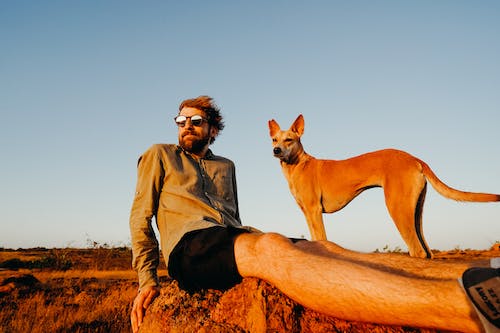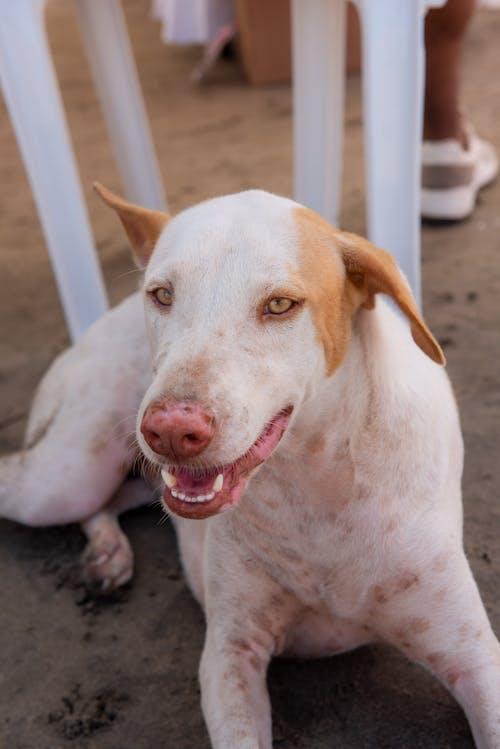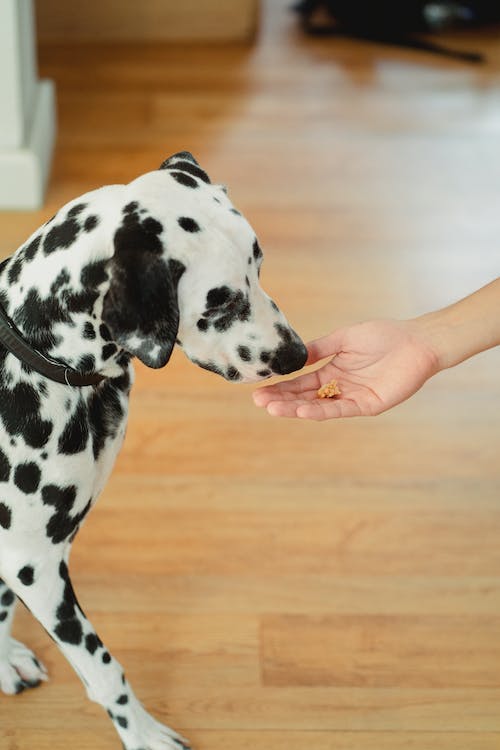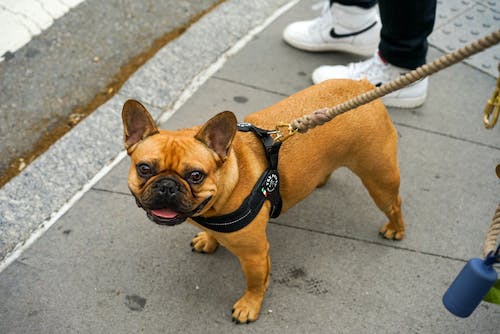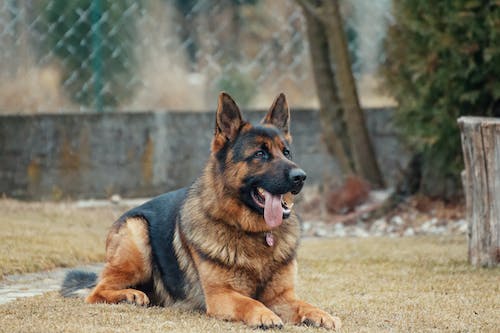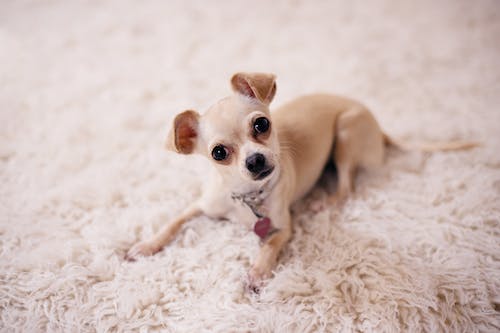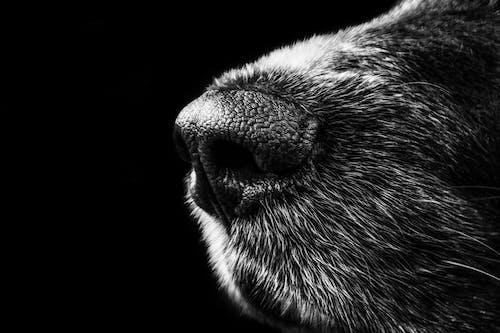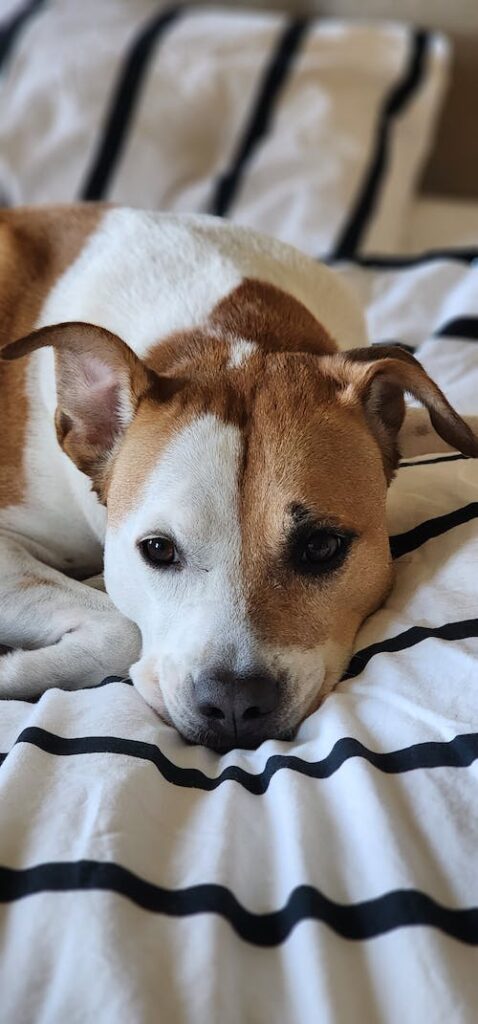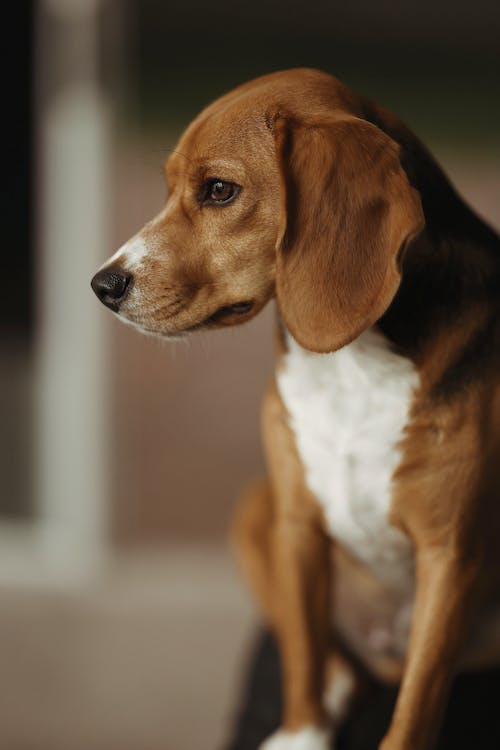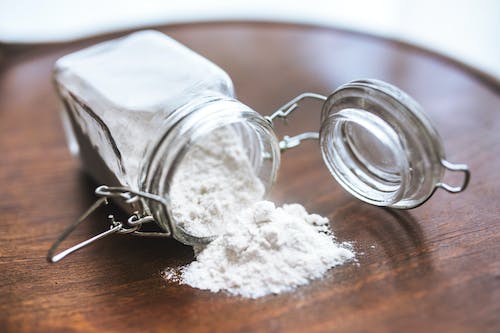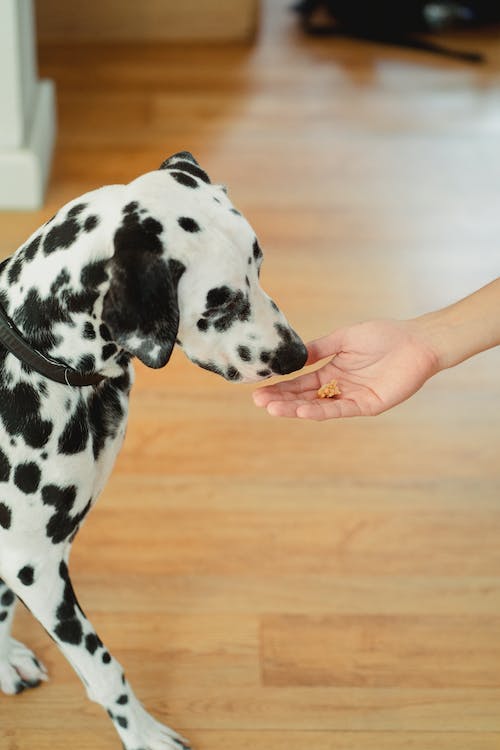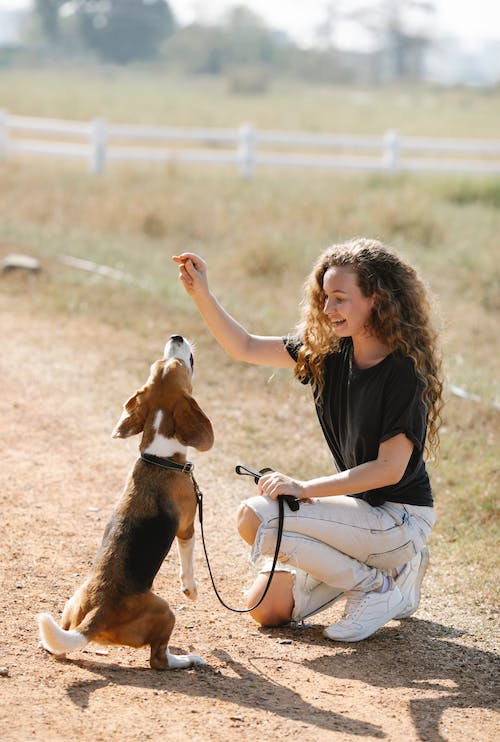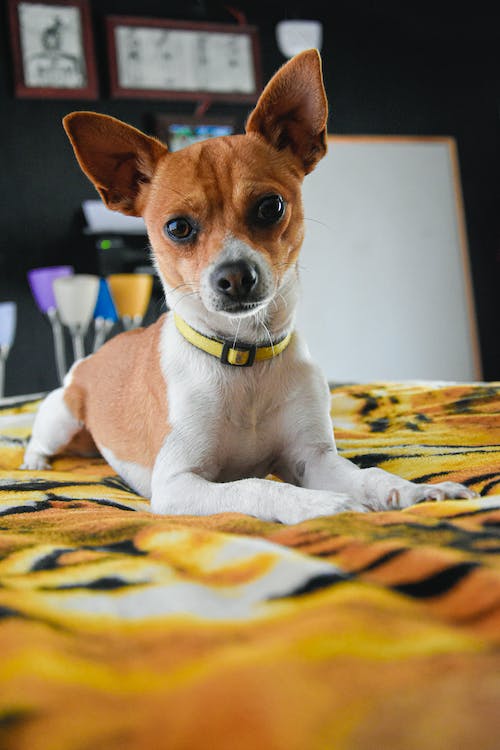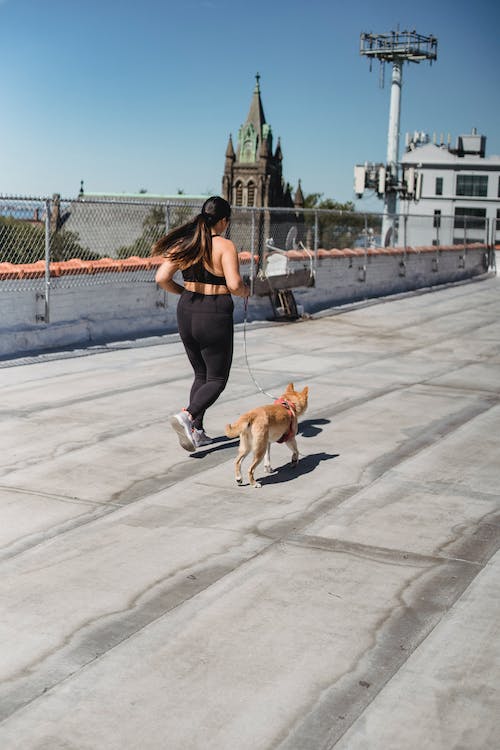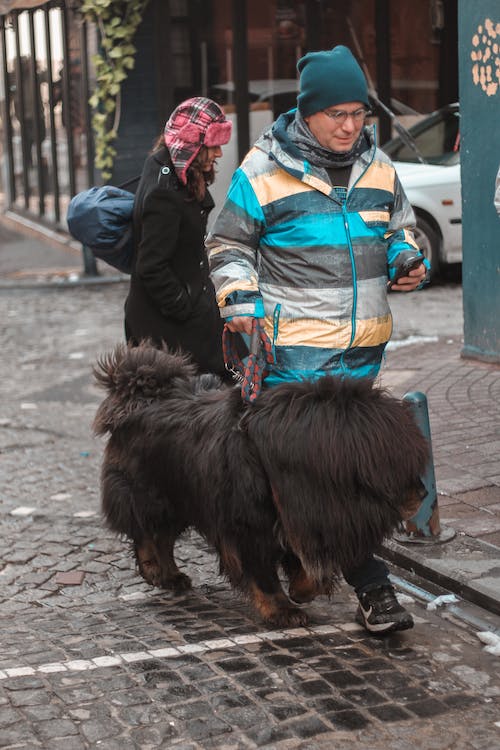We all know that our pups are amazing four-legged creatures that have a mind and unique personality. Our pups always tend to intrigue us and generally keep us on our toes. Although all dogs are very special, there are some that have accomplished truly amazing things and have found themselves in the world record book. We have compiled a fascinating list of amazing dog accomplishments that are considered to be world records.
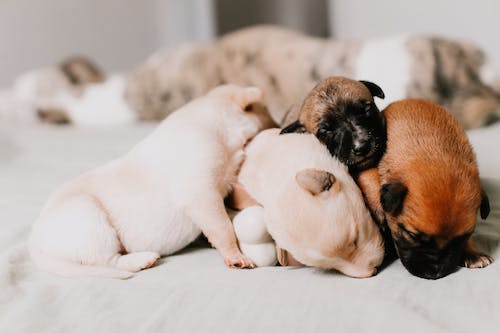
Largest litter of puppies
– Actual record: 24 puppies in one litter
– Record holder: Tia the dog
– Date of record: Nov. 29, 2004
– Location: United Kingdom
In 2004, a Neapolitan mastiff named Tia gave birth to an amazing 24 puppies on the same day. The litter consisted of nine females and fifteen males. All 24 puppies were born by Cesarean section.
Longest dog ears
– Actual record: 13.7 inches
– Record holder: Tigger the dog
– Date of record: Sept. 29, 2004
– Location: United States
Tigger the bloodhound snagged the record for the longest ears on a dog on Sept. 29, 2004. Tiger’s right and left ears measured am impressive 13.75 inches and 13.5 inches. In case you didn’t “hear” that correctly, the measure 13.75 inches! In 2003, Tigger was inducted into the Bloodhound “’Hall of Fame.”
Longest dog tail
– Actual record: 30.2 inches
– Record holder: Keon the dog
– Date of record: Aug. 18, 2015
– Location: Belgium
An Irish wolfhound named Keon hold the record for having the longest tail. In August of 2015, Keon’s tail measured in at an impressive 30.2 inches long, which is about two and a half feet long!
Longest dog tongue
– Actual record: 7.3 inches
– Record holder: Mochi the dog
– Date of record: April 25, 2016
– Location: United States
A Saint Bernard named Mochi must have never had an issue giving licks to her owner with a tongue that measured in at more than seven inches long. This female Saint Bernard was rescued by her loving family who resided in the United States and hold the world record for the longest tongue on a dog.
Most balls caught by a dog with the paws in sixty seconds
– Actual record: 14 balls
– Record holder: Purin the dog
– Date of record: March 22, 2015
– Location: Japan
Play ball! Purin, a nine-year-old Beagle female, holds the record for catching most balls on her paws in one minute. This pup sits in the record books after successfully catching fourteen balls, which is an average of one catch every four seconds. This pup resides in Japan and may be looking for a major league contract!
Shortest standing dog
– Actual record: 3.8 inches tall
– Record holder: Milly
– Date of record: Feb. 21, 2013
– Location: Puerto Rico
The shortest living pup ever recorded was Milly the dog, who measured in at just 3.8 inches tall. This tiny Chihuahua was from Puerto Rico and weighed less than one ounce when she was born. It would have taken more than sixteen Milly baby puppies to even weigh a single pound.
Tallest standing dog
– Actual record: 3.7 feet
– Record holder: Zeus the dog
– Date of record: Oct. 4, 2011
– Location: United States
The tallest dog to have ever lived was a Great Dane named Zeus who stretched out to an incredible 7 feet four inches. Although Great Danes are big pups, this one was extra big! This pup was from Michigan, US and was also a certified therapy dog. This gentle giant was known for his loving and gentle disposition.

